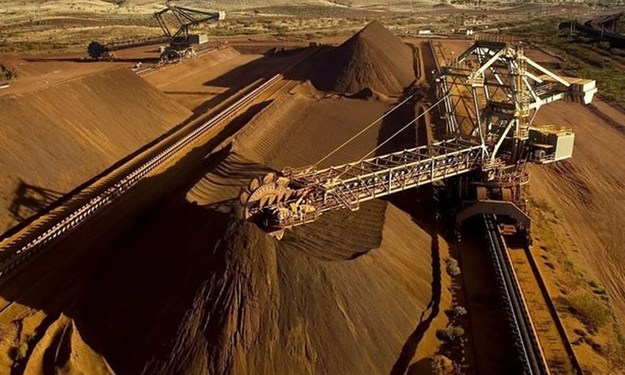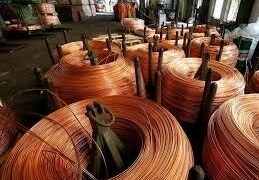Investing.com – Brent oil surged on Friday to the highest levels since 2014, ending September with its biggest monthly gain for the year after fears that upcoming U.S. sanctions on Iran will deprive the world of much-needed oil.
Data showing a decline in U.S. oil rigs this week, although small, heightened the rally, particularly in West Texas Intermediate (WTI) crude traded on the New York Mercantile Exchange. Oil services firm Baker Hughes said the number of drilling for oil fell by 3 to 863 this week, after last week’s drop of 1 rig.
, the global benchmark for oil traded on London’s Intercontinental Exchange, was up 1.8%, or $1.43, at $82.81 a barrel at 3:18 PM ET (19:18 GMT). It earlier soared to $83.39, its highest level since November 2014. Its near-6% gain for September was the biggest monthly rise since December 2017’s rise of 8%, Brent also rose more than 5% for the third quarter.
were up 1.6%, or $1.13, to settle at $73.25 a barrel. It had earlier rallied to $73.73, its highest level since July 11. WTI rose by about 5% for September, but fell around 1.2% for the quarter.
Iran, the third-largest oil producer in the Organization of the Petroleum Exporting Countries (OPEC), will face a new round of U.S. oil sanctions from Nov. 4 after the Trump administration canceled an Obama-era oil export deal with the Islamic state in return for curbs on Tehran’s nuclear program.
Since the cancelation, Washington has been demanding that buyers of Iranian oil cut their imports to zero to force Tehran to negotiate a new nuclear agreement and to curb its influence in the Middle East.
Scott Shelton, energy broker and analyst with ICAP (LON:) in Durham, N.C., said Brent’s run up on Friday was partly fueled by reports that China energy firm Sinopec has halved its buying of Iranian crude ahead of the November sanctions.
“With Chinese refiners increasing runs lately, as can be seen by the numbers in the news section, (the oil) has to come from somewhere,” Shelton said.
“And it won’t be the U.S. with the trade talks,” he said, referring to failed attempts by U.S. and Chinese officials to settle through negotiations a trade war between the two countries that has worsened since the start of this year.
The rally in oil picked up this week after Energy Secretary Rick Perry denied reports that the U.S. government plans to use emergency oil reserves to make up for barrels that would be lost from sanctions applied on Iran. Headlines over the past few months have repeatedly raised the possibility of President Donald Trump tapping the SPR to lower current market and pump prices for gasoline, and the president has not publicly refuted the reports. High oil prices are a political risk for Trump and his fellow Republicans.
Reuters reported late on Wednesday that Saudi Arabia and other producers had discussed a possible production increase of about 500,000 barrels per day (bpd) among OPEC and non-OPEC producers. But it also cited ANZ as saying that oil major suppliers were unlikely to offset all losses caused by the sanctions, which were estimated hit 1.5 million bpd.
At its 2018 peak in May, Iran exported 2.71 million barrels per day, nearly 3% of daily global crude consumption.
In other energy trading, rose 0.8% to $2.0865 a gallon, while increased 1% to $2.3468 a gallon. lost 1.6% to $3.008 per million British thermal units.
Source: Investing.com




























